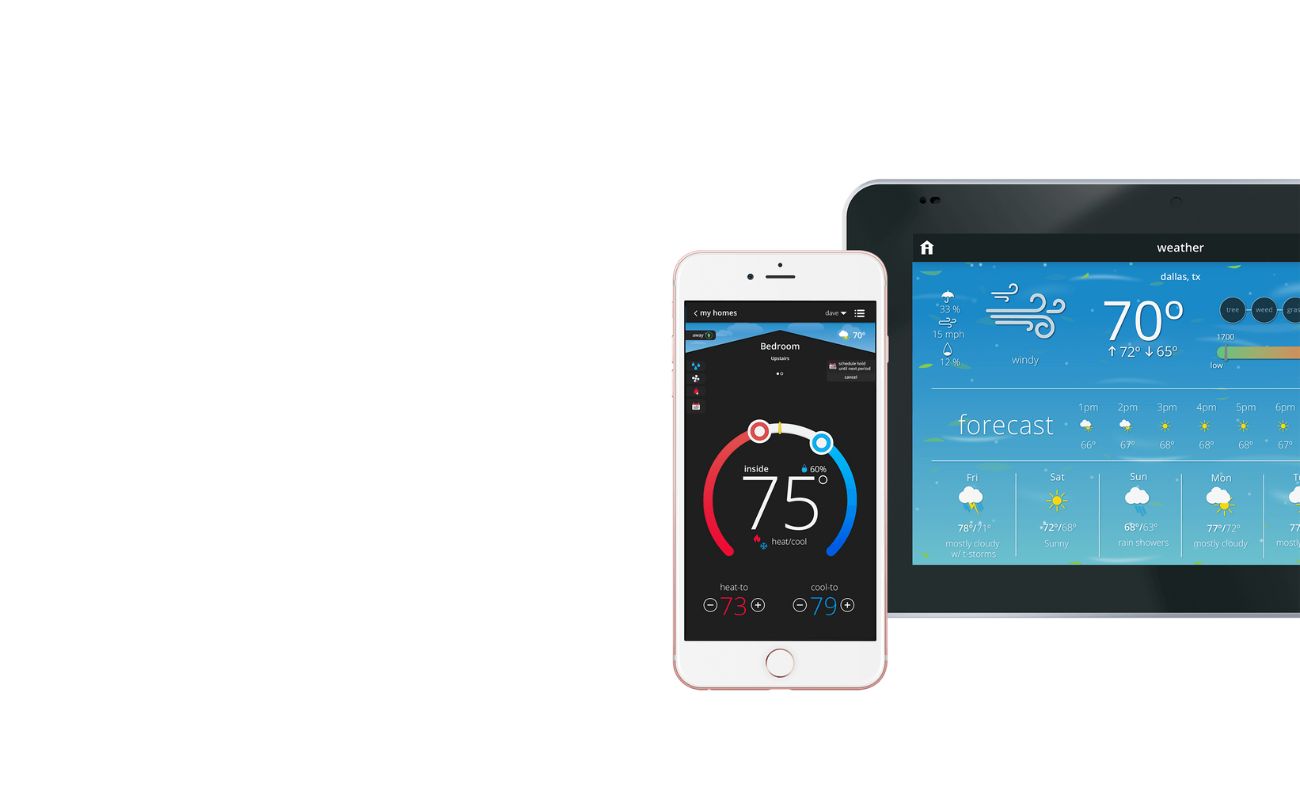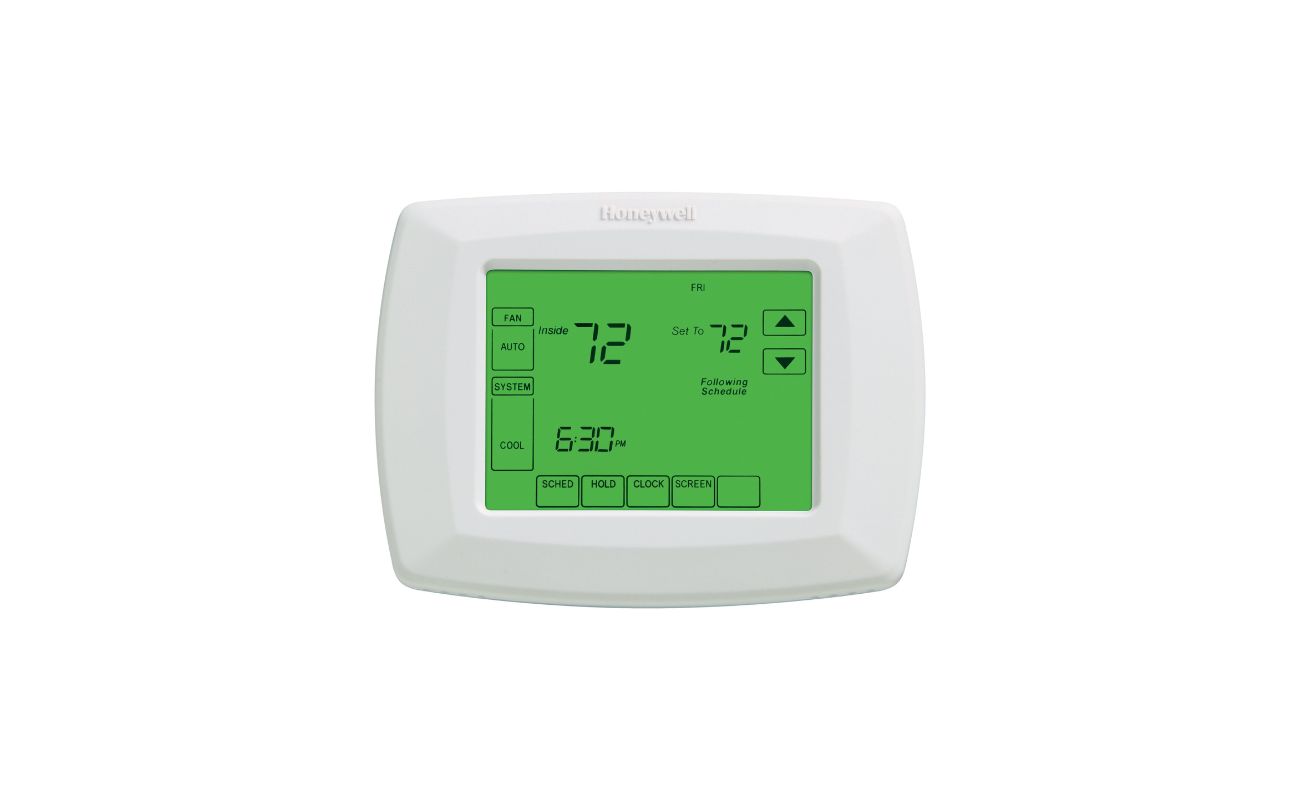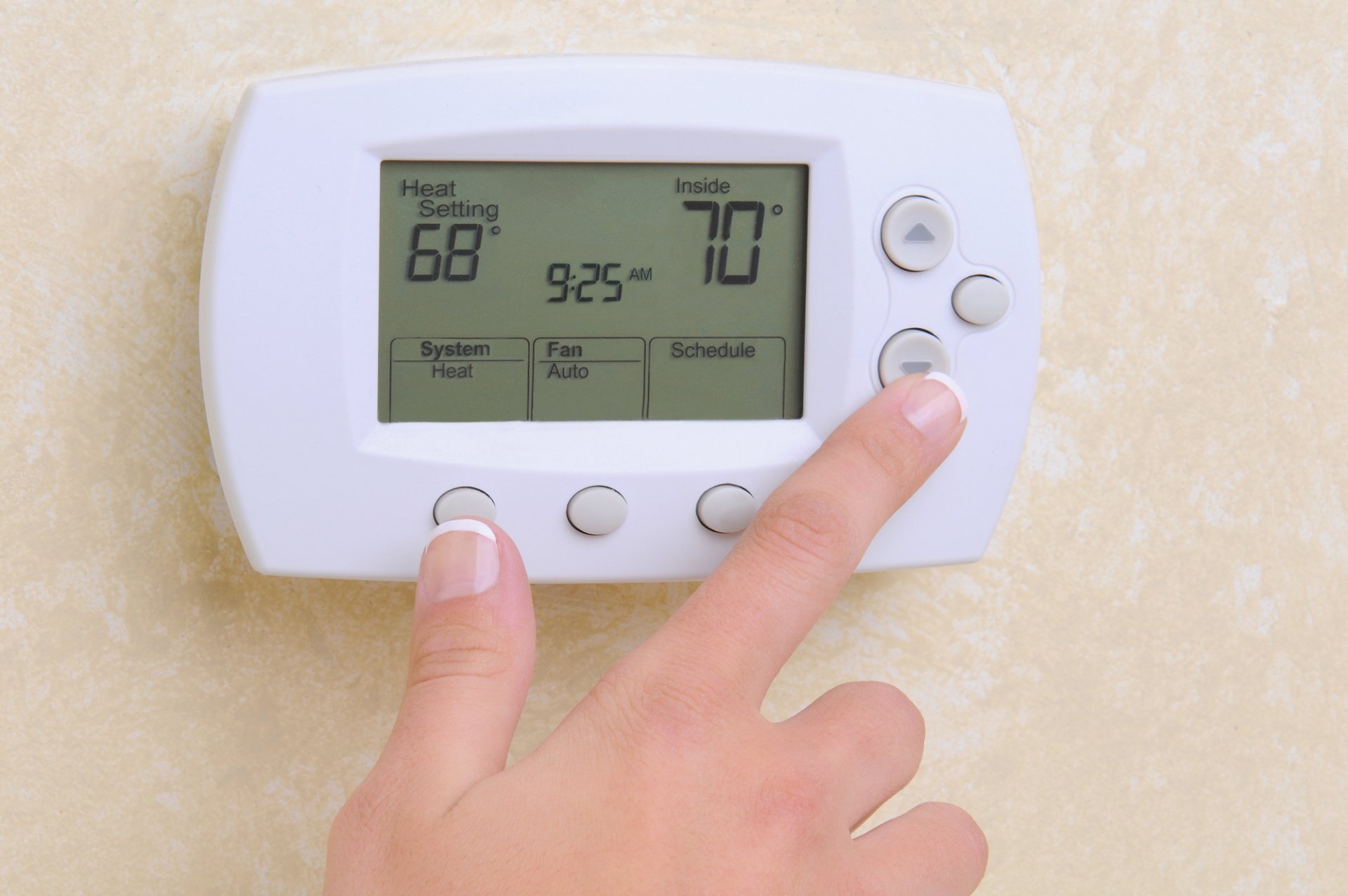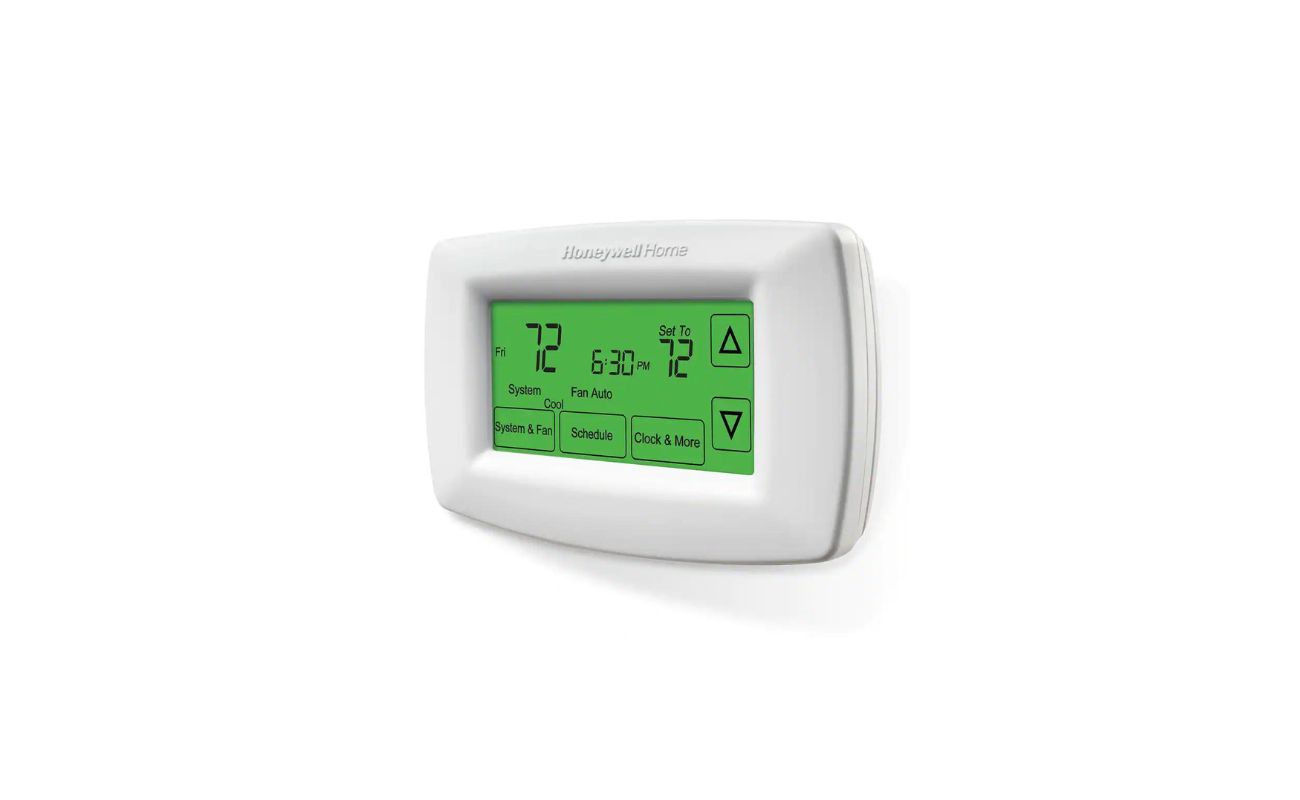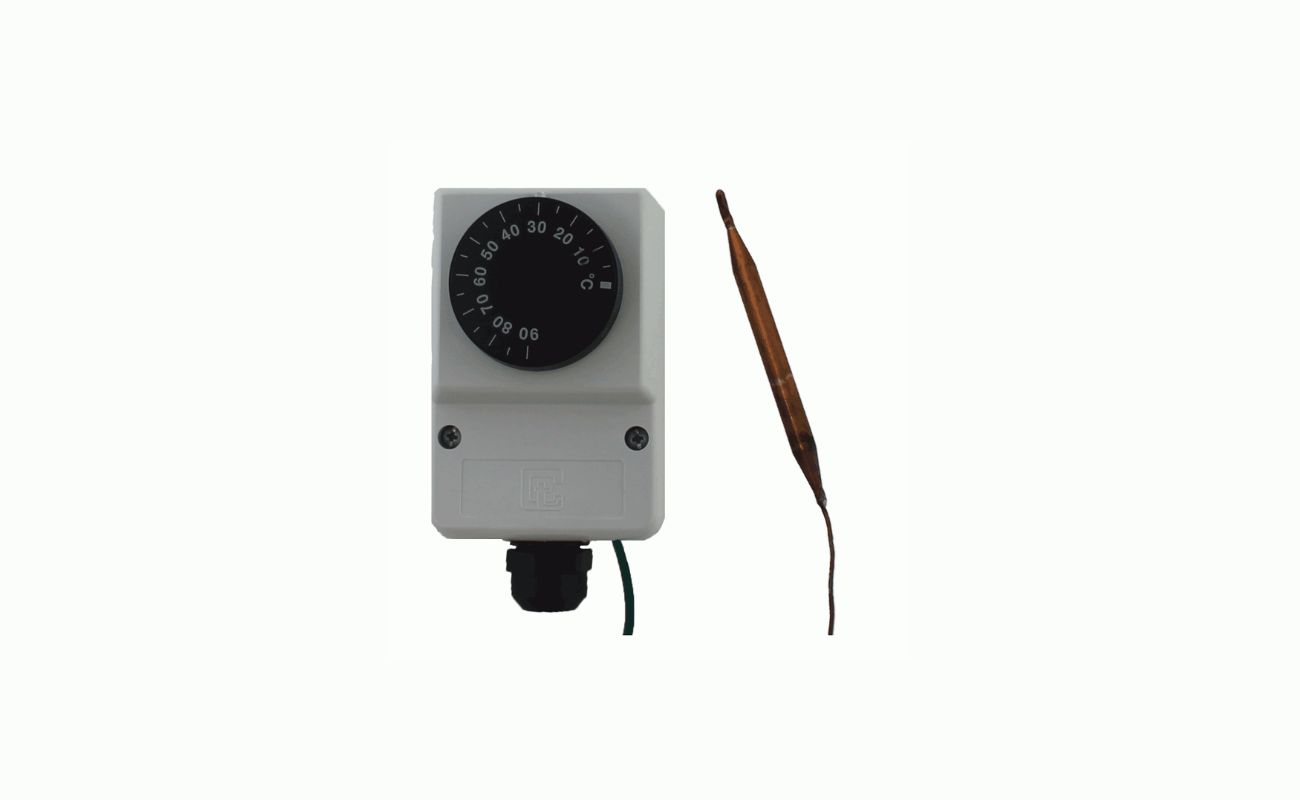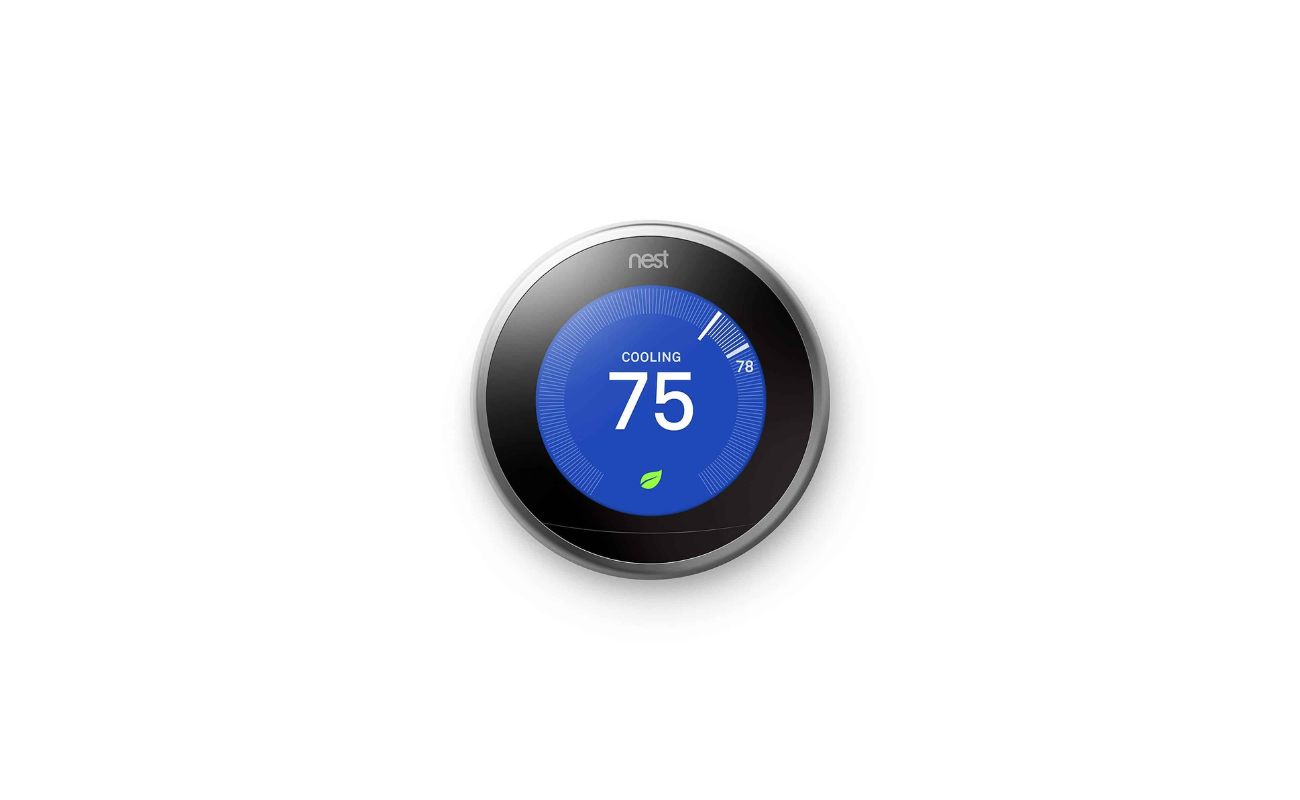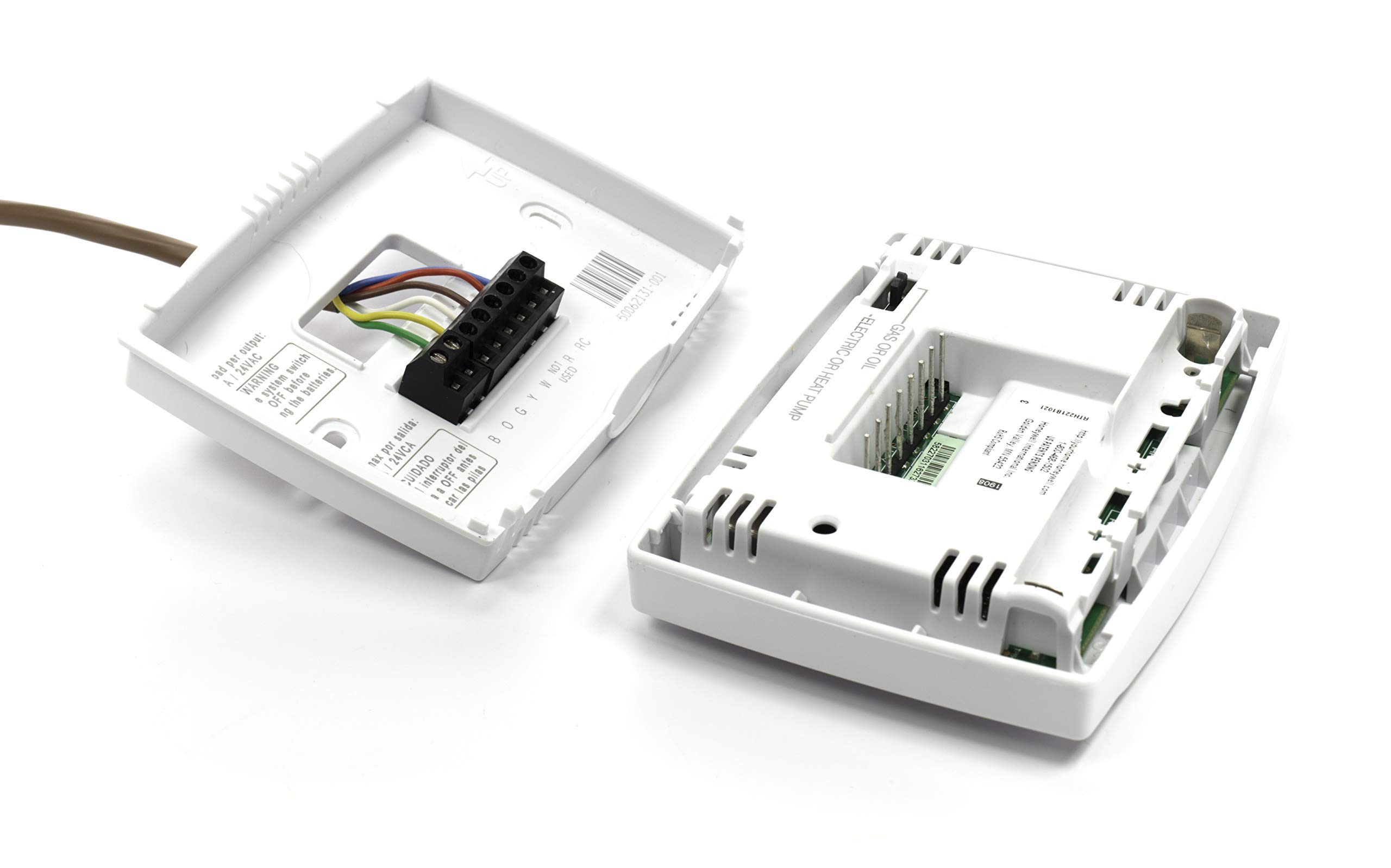Home> Thermostat
Thermostat Guide: Unlock Your Comfort and Energy Savings
Discover the ultimate Thermostat guide. Learn how you can maximize comfort, achieve energy efficiency and lower your bills. Start saving now!
Why Is My Lennox Thermostat Not Working
By: Isabella Mitchell • Home Automation Appliances
Why Does Honeywell Thermostat Display “Temporary”
By: James Anderson • Home Automation Appliances
What Is The Latest Generation Of Nest Thermostat
By: Samuel Turner • Home Automation Appliances

